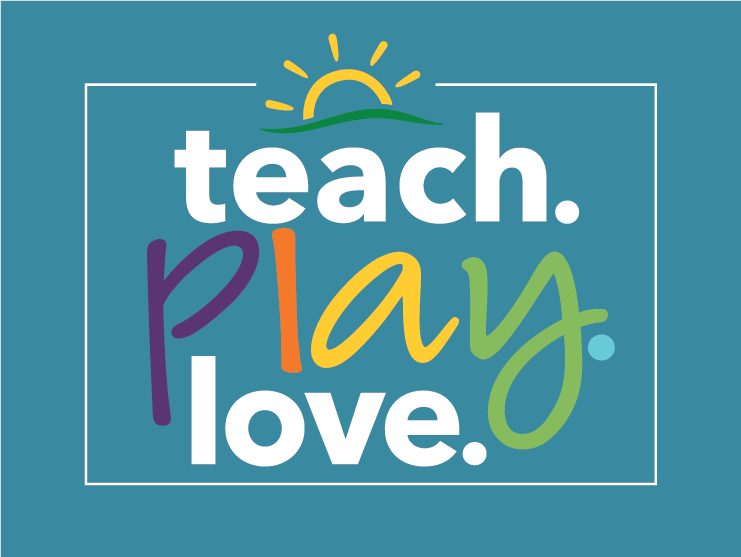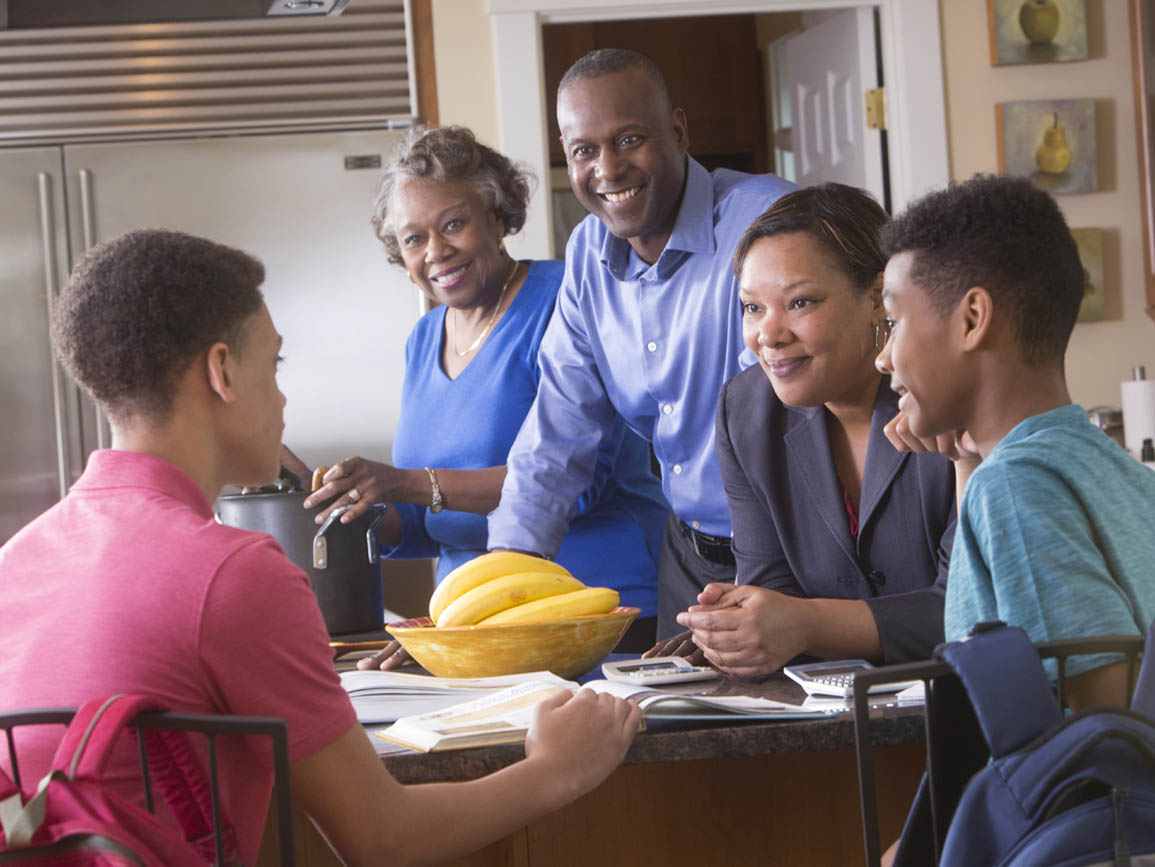Imagine it is the first day of care for your little one, you’ve met the teachers, bought and labeled all of your supplies and are ready to go. You arrive at the center, approach the classroom door and begin to say good morning to your child’s caregivers.
However, as you start to leave, your child begins crying, reaching back for you, or clinging to your body a bit tighter.
Separation from someone we love can be painful both for children and parents, especially for those in a child care setting. It is typical for separation anxiety in children to come and go throughout the early years as children are learning to navigate being in situations away from their trusted caregivers. Luckily there are some simple things you can do to reduce anxiety when leaving your child—at home or at child care.
The importance of the parent-teacher relationship
Since your provider is a close partner with you and your family in the daily care and education of your child, take the time to invest in this relationship—it can be one of the most important ones in your family’s life.
Talk to your caregiver each morning and at the end of the day if possible. Let them know how your child’s night went, what their mood is, and if there are any unusual issues. At the end of the day, find out what your child enjoyed doing and learn about what the highlights or struggles of the day were.
If needed to support your child through the challenging time of separation anxiety, develop a communication plan during the day that will allow you to feel reassured about how your child is doing post drop-off. Many child care centers have technology in place for just this!
How to reduce separation anxiety in babies
- Don’t rush the separation. Your child will pick up on your stress and can become agitated. With that, try your best to maintain a positive demeanor during this time. Your child seeing your positive, upbeat attitude will continue to send the message to your child that this is a safe place.
- Sit with your child for a while so they can take in the activities and people in the room, while having their trusted caregiver by their side.
- When your child seems comfortable, let your caregiver take them. It’s nice for your child to be in a devoted caregiver’s arms when you leave.
- Kiss and hug your child goodbye and then leave. Don’t waver; that can only become confusing to your child. If your baby is crying when you leave, or even if they are not, don’t hesitate to call your caregiver or center a little later to see how your child is doing, or rely on the plans you’ve developed about this type of mid-day communication.
How to reduce separation anxiety in toddlers & preschoolers
- If possible, make a plan to visit your child’s child care center or care space before needing to drop them off there.
- Greet the caregiver and other children as you enter the room.
- Spend time helping your child into an activity before engaging in extensive conversation with the caregiver. Children love to interact with their environment, so involving your child in a play activity will help them transition more easily.
- Let your caregiver know how your child is doing that morning and if there is any change in their schedule.
Tips for child care drop-off
- Try to create a departure ritual that you follow each time you leave, whether it is at child care or at home. Soon this ritual will become familiar and your child will be comfortable with it. One suggestion could be sitting down and reading one book with your child, then giving a hug and leaving. Another could be committing to giving two high-fives, doing a little dance and saying “see you later!”
- Draw a picture with your child and let them keep it.
- Sit with your child while they engage in an activity with a friend. When they are fully engaged and settled, give your child a choice on how to say goodbye and leave.
- Let your child hold a picture of the family or something of yours as you leave. This may feel like a secure connection to you.
- Partner with your child’s teacher for your departure ritual. Signal to your child’s teacher when you are ready to leave, so they can assist in comforting your child. This could look like having the caregiver bring your child to the window or door to wave goodbye while you leave. For some children, watching you walk away can be difficult. You know your child best and can decide if this is a helpful approach. It is deeply important that to ensure that your child knows you are leaving. Sneaking out can cause more separation anxiety as they won’t know where you went and when you left. If watching you through the window isn’t right for your child, make sure they are still aware that you are leaving.
- Try your best to pick up when you said you would, barring things out of your control. If you said you would be there after nap, try to be there after nap, as this will continue to build trust.Work with your child’s teacher to help create a visual check-off list of things that are happening before pick-up. For some children, having a visual they can revisit throughout the day with a caregiver can help ease anxiety. The action of crossing something off, or checking a box, helps a child visualize that they are one step closer to their trusted adult returning.
Again, while separation from someone we love can be painful, we can ease the pain by a thoughtful partnership with caregivers.



